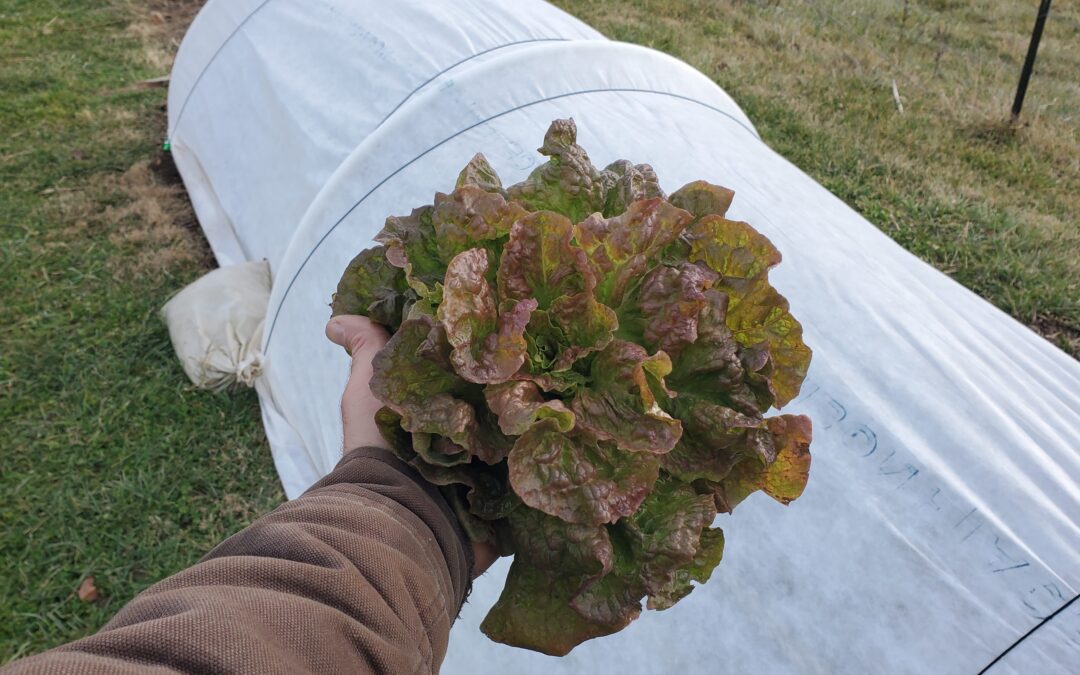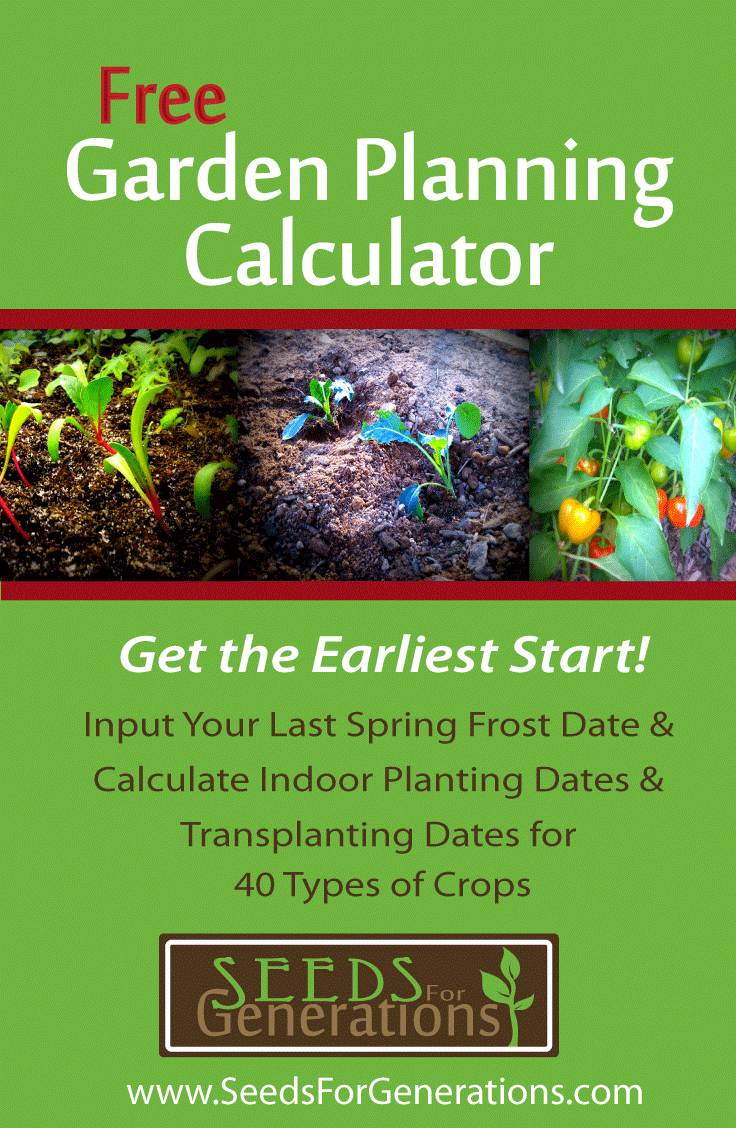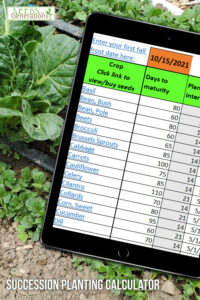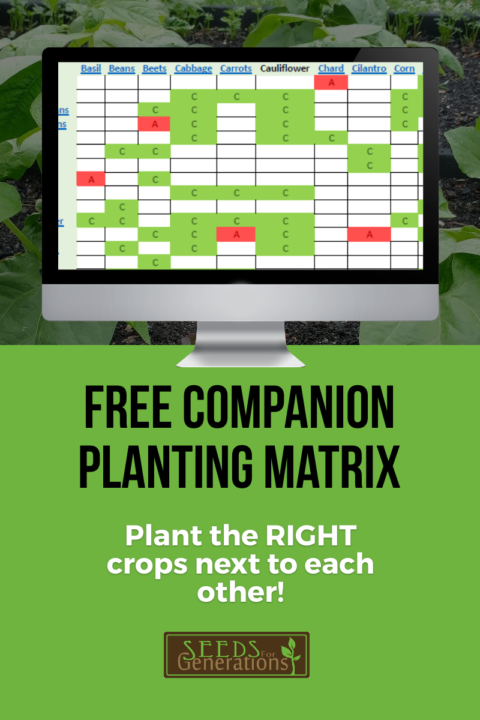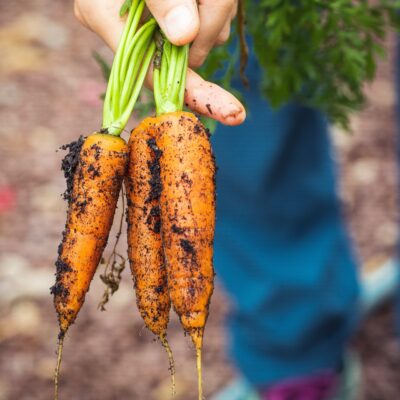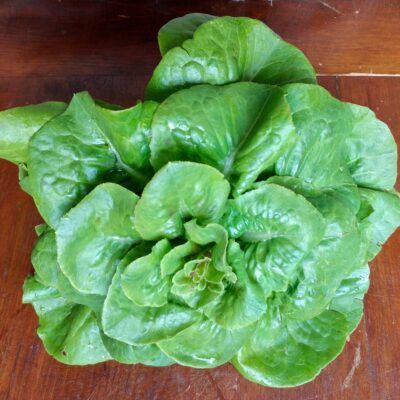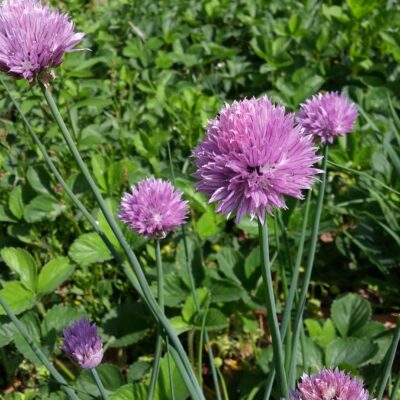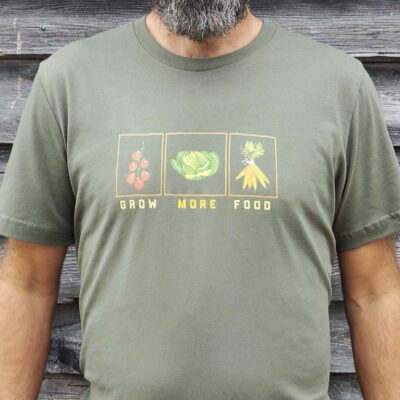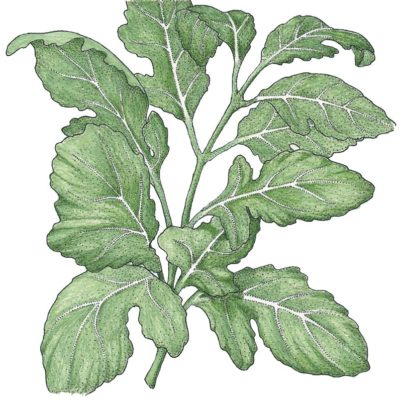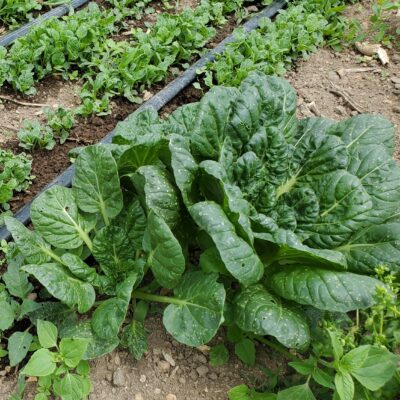Disclosure: The links in this post may be affiliate links. If you purchase any products after clicking on these links, at no additional cost to you, Seeds for Generations may receive a small commission for making you aware of these important resources.
Winter vegetable gardening is something that many gardeners don’t think about it, but it’s a valuable method for increasing your self-production. With winter gardening, you can grow more food for your family, cutting down on ever-rising grocery bills. Plus, no matter the time of year, homegrown always tastes better and contains more nutrition than anything you can buy in the store.
With winter vegetable gardening, we can also take advantage of a unique feature: lower temperatures.
Leafy greens and root crops can be difficult to grow in the summer. Hot summer temperatures make leafy greens bitter and root crops tough and strongly flavored. Many of these vegetables taste so much better when grown in cooler weather, because the temperatures develop their natural sugars and make them sweeter and more delicious.
When to Start a Winter Garden
When planting a winter vegetable garden, you’ll want to be sure you plan in advance. As temperatures cool down, plant growth also slows, and some crops (for example, brassicas) may need a head start. This is especially true for crops that need to be planted in seed starting trays and then transplanted into the garden later.
Depending on the crop and where you live, you may need to start planting some vegetables as early as July or August, while others could be planted as late as October or November.
Take these factors into account…

Your Winter Climate
Do you live in the south or the north? Where you live has a big impact on your temperatures. You’ll want to look up your first fall frost date (find yours here), so you know when cold weather will likely arrive. Also, how much snow and ice to do you get?
Also, consider your garden location. Does it get a lot of wind? Does it face to the south or southwest, where it gets enough sun?

Your Vegetables
Look at your vegetables and what temperatures they prefer. Most seed packets will include the ideal soil temperature for germination, as well as the days of maturity for a particular crop, both of which you can use to calculate when you should sow seeds for a winter garden.

Are Winter Gardening Dates Confusing to You?
You aren’t alone! Knowing when to plant crops late in the season can be tricky. That’s why we created a free Fall Planting Calculator! While intended for fall gardens, it works for calculating winter garden dates too, since winter gardening is basically just an extension of the fall gardening season.
What to Plant in a Winter Garden
Much like fall gardening, winter gardening focuses primarily on leafy greens, root vegetables, and other crops that tolerate frosts and even hard freezes. Let’s walk through some of the most common vegetables you can grow in winter gardens.

Root Crops
The idea behind growing root crops in the winter remains the same, whether you’re planting carrots, beets, radishes, or turnips. You want to plant them early enough in the season where they can sprout and get established, then as the cool temperatures arrive, plant growth slows. Since the soil insulates the roots, they tolerate much colder temperatures than above-ground greens might. Even as the tops die back, the roots will remain safe for several more weeks at least.

Leafy Greens
Leafy greens are another common choice for the winter garden. They grow quickly and specific varieties tolerate colder temperatures as well. (For hard freezes in particular, they will need protection—more on that in a moment.)
Good choices for winter gardens include lettuce, kale, Swiss chard, and collard greens. Collard greens in particular have one of the highest tolerances for cold, making them an excellent choice!

Other Crops
Some common winter crops include leeks, green onions, and parsnips. Leeks and parsnips are commonly overwintered. Cilantro is also an herb that is quite cold tolerant.
Another commonly overlooked type of crop are those things planted in the fall, overwintered, and then harvested in the spring. This is how most gardeners grow garlic, which is planted in the late fall, giving it just enough time to sprout. It goes dormant over the winter, and then sprouts again in the spring, growing to maturity by early summer.
Which Variety Should You Grow?
When shopping for seeds, it is important to choose varieties well suited to colder temperatures. Watch the soil and growing temperatures. Pick seeds that prefer cooler weather.
Also, watch days to maturity if you know you’re going to have a shorter growing season—you’ll be amazed how much of a difference that can make in crops like beets and radishes!
How to Grow a Winter Garden
While it might sound like you’re planting vegetables in the snow, most winter gardening success relies upon season extension methods that protect plants from the bitter winter cold and ice.
In most cases, you will be covering the plants with a clear or opaque barrier. This protects from temperature swings, traps heat (especially heat coming from the sun), and provides a greenhouse-like environment for the plant to grow, albeit slowly.
Here are some of the different methods for extending your growing season:

Row Covers
Row covers are made using hoops of wire covered by a special fabric or plastic. These are used to cover garden rows. The wire keeps the fabric or plastic from touching the plants, while the row covers offer a moderate amount of protection.

Cloches
Think of cloches as “mini greenhouses”. You can turn almost any see-through plastic or glass container upside down onto a plant to protect it from the cold, trap heat, and insulate the environment inside. I’ve seen glass bowls, milk jugs, and water bottles all used as types of cloches, so use your imagination.

Cold Frames
Cold frames are a little hardier than row covers. They’re made by building a small box of wood and covering it with glass or plexiglass, adding a lid that swings open and closed on top. Cold frames work much like greenhouses—they’re just larger than cloches and smaller than full greenhouses, trapping in a lot of heat and protecting plants inside.

Greenhouses & Hoophouses
If you’re really ambitious, you can grow food in greenhouses. Some expert gardeners have learned how to use thermal mass to naturally trap heat and protect crops from freezing, even in incredibly hostile climates such as Maine and Utah. Other gardeners will heat their greenhouses using something like a wood stove to keep the temperature above freezing. The greenhouse accomplishes on a much larger scale what cold frames and row covers accomplish, but a greenhouse is more intensive for the average backyard gardener.
Don’t Forget the Mulch!
In winter gardening, mulch is another essential ingredient for protecting sensitive plants from bitter temperatures. Mulch, and even snow, help insulate plants and cold frames far better than if they were exposed directly.
Want to Learn More About Winter Growing?
Our ancestors knew how to grow vegetables in any climate, without the aid of artificial heat or electricity. Without it, people in the 17th, 18th, and 19th centuries would have starved! Unfortunately, today most of us don’t know much about winter gardening and we’ve largely lost many of those techniques.
If you’d like to reclaim these methods and learn how to harvest tomatoes, lettuce, cabbage, apples, and even cantaloupes in winter, check out Caleb Warnock’s Backyard Winter Gardening book!


